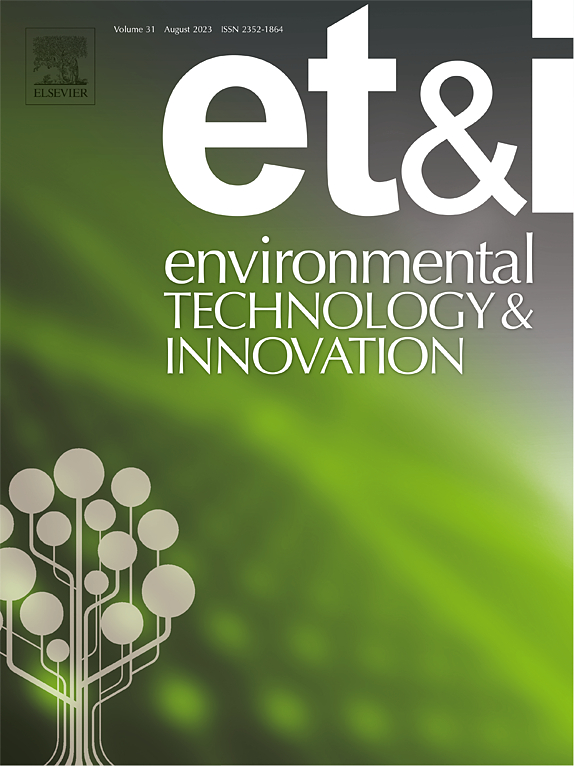Water sample stability
IF 6.7
2区 环境科学与生态学
Q1 BIOTECHNOLOGY & APPLIED MICROBIOLOGY
引用次数: 0
Abstract
Numerous guidelines have been issued on the conditions under which water samples should be transported and stored before microbiological analysis. These recommendations are often very restrictive regarding the maximum acceptable storage time (MAST) of samples before analysis and they generate operational constraints that have significant economic and environmental consequences (e.g. samples rejected, unjustified prolongation of quarantine of a water supply point or medical device, recontrol,…). Unfortunately, the relevance of these MAST has never been demonstrated. This study investigates bacterial flora evolution in water samples according to their storage time before analysis. The first part, conducted in laboratory conditions follows the concentration of microorganisms in artificially contaminated water samples. The second part involves a retrospective analysis of real water sample results to verify whether the results varied statistically according to the sample storage time before analysis. The results of the laboratory study confirm that the microorganism concentration in the artificially contaminated samples vary by less than 25 % during the storage time. The second part of the study demonstrates that the ratio of samples belonging to the different result groups (e.g. < 1 CFU/ X mL, between 1 and 99 CFU/X mL and ≥ 100 CFU/100 mL) remains unchanged according to storage time (variation < 1 %). These findings confirm that it is possible to increase the MAST defined in standards, up to 26 h or 28 h according to the microorganism considered (instead of 12 h or 18 h) without compromising the validity of microbiological analysis. These changes should limit the operational, environmental, and economic constraints associated with the actual MAST by reducing the number of samples rejected and consecutively the number of recontrols.
求助全文
约1分钟内获得全文
求助全文
来源期刊

Environmental Technology & Innovation
Environmental Science-General Environmental Science
CiteScore
14.00
自引率
4.20%
发文量
435
审稿时长
74 days
期刊介绍:
Environmental Technology & Innovation adopts a challenge-oriented approach to solutions by integrating natural sciences to promote a sustainable future. The journal aims to foster the creation and development of innovative products, technologies, and ideas that enhance the environment, with impacts across soil, air, water, and food in rural and urban areas.
As a platform for disseminating scientific evidence for environmental protection and sustainable development, the journal emphasizes fundamental science, methodologies, tools, techniques, and policy considerations. It emphasizes the importance of science and technology in environmental benefits, including smarter, cleaner technologies for environmental protection, more efficient resource processing methods, and the evidence supporting their effectiveness.
 求助内容:
求助内容: 应助结果提醒方式:
应助结果提醒方式:


